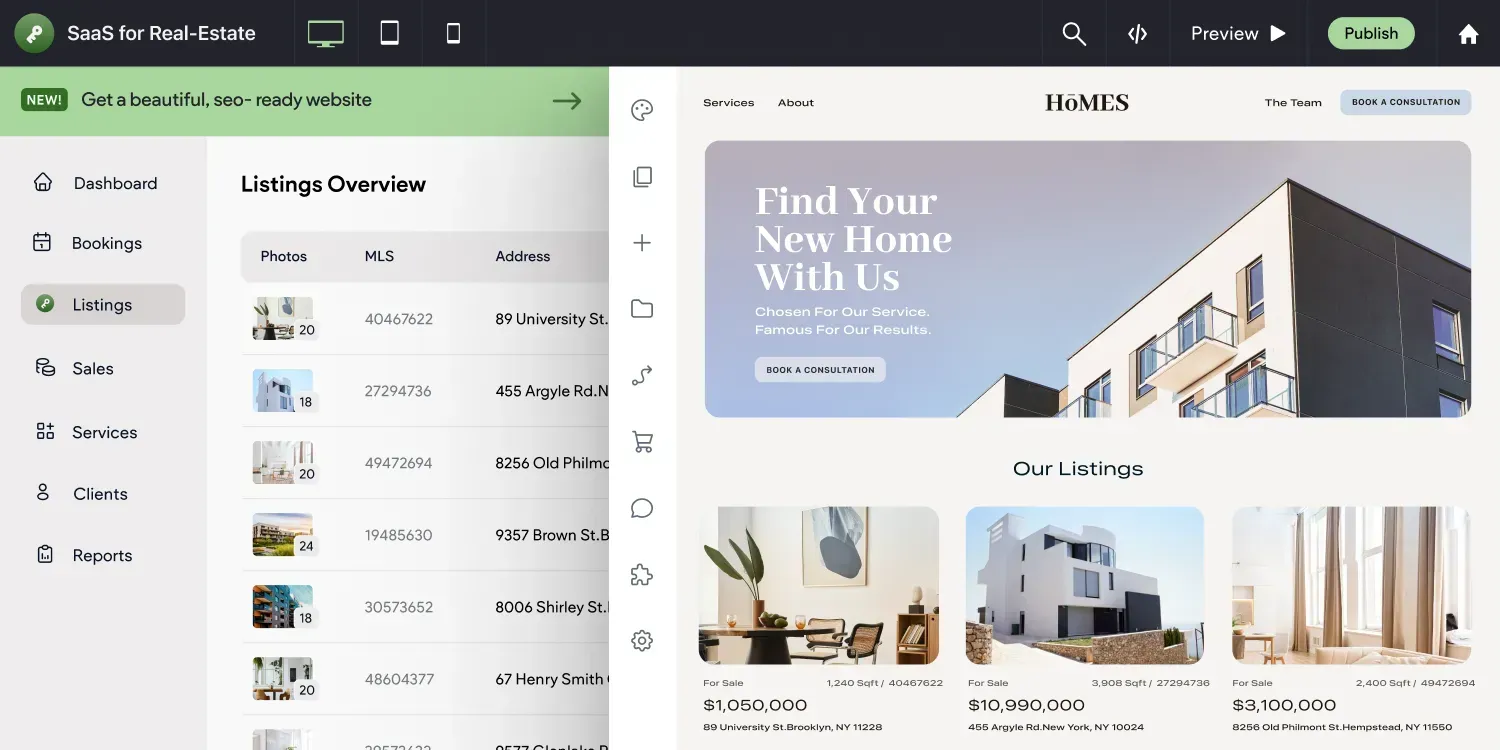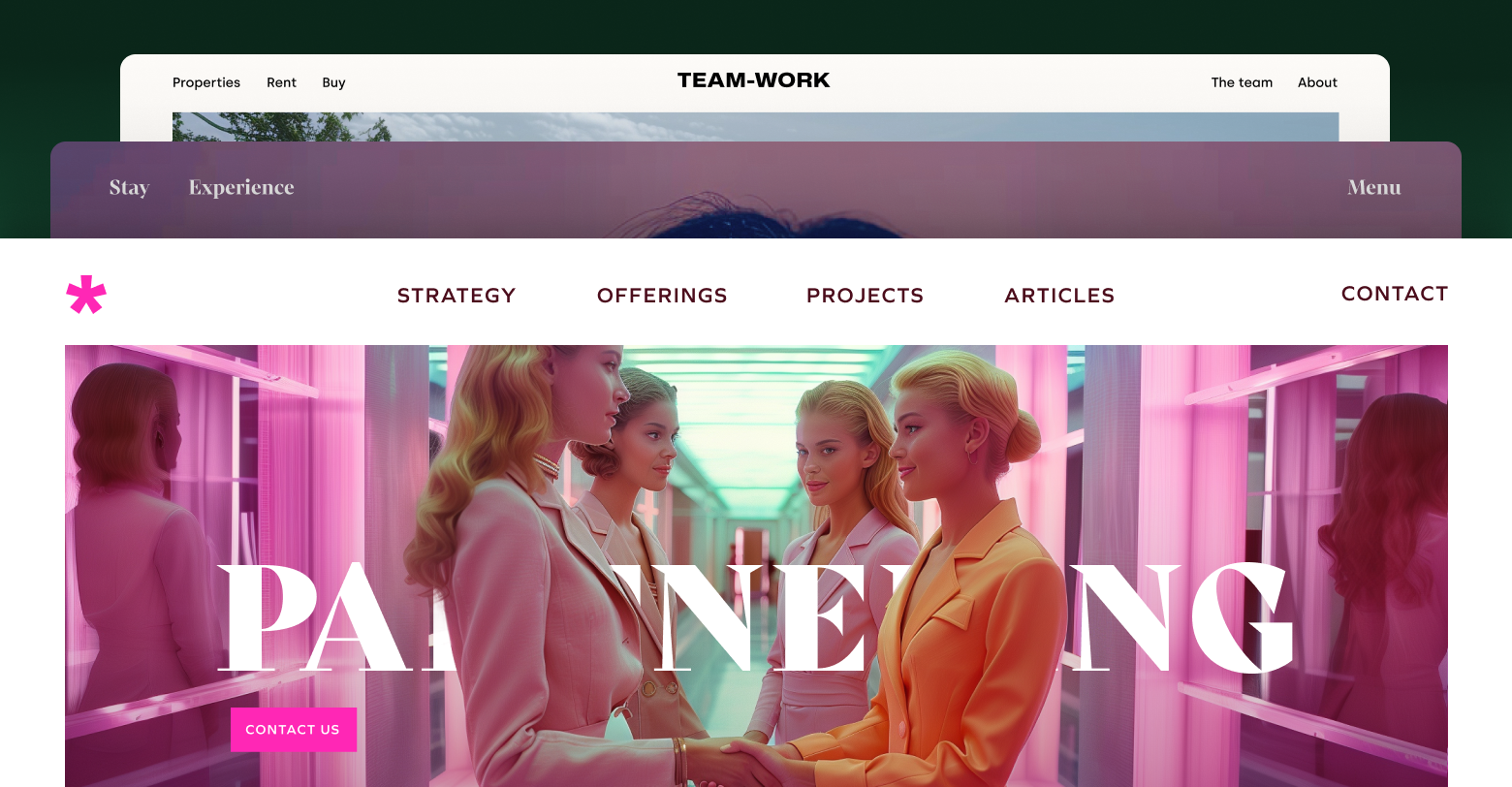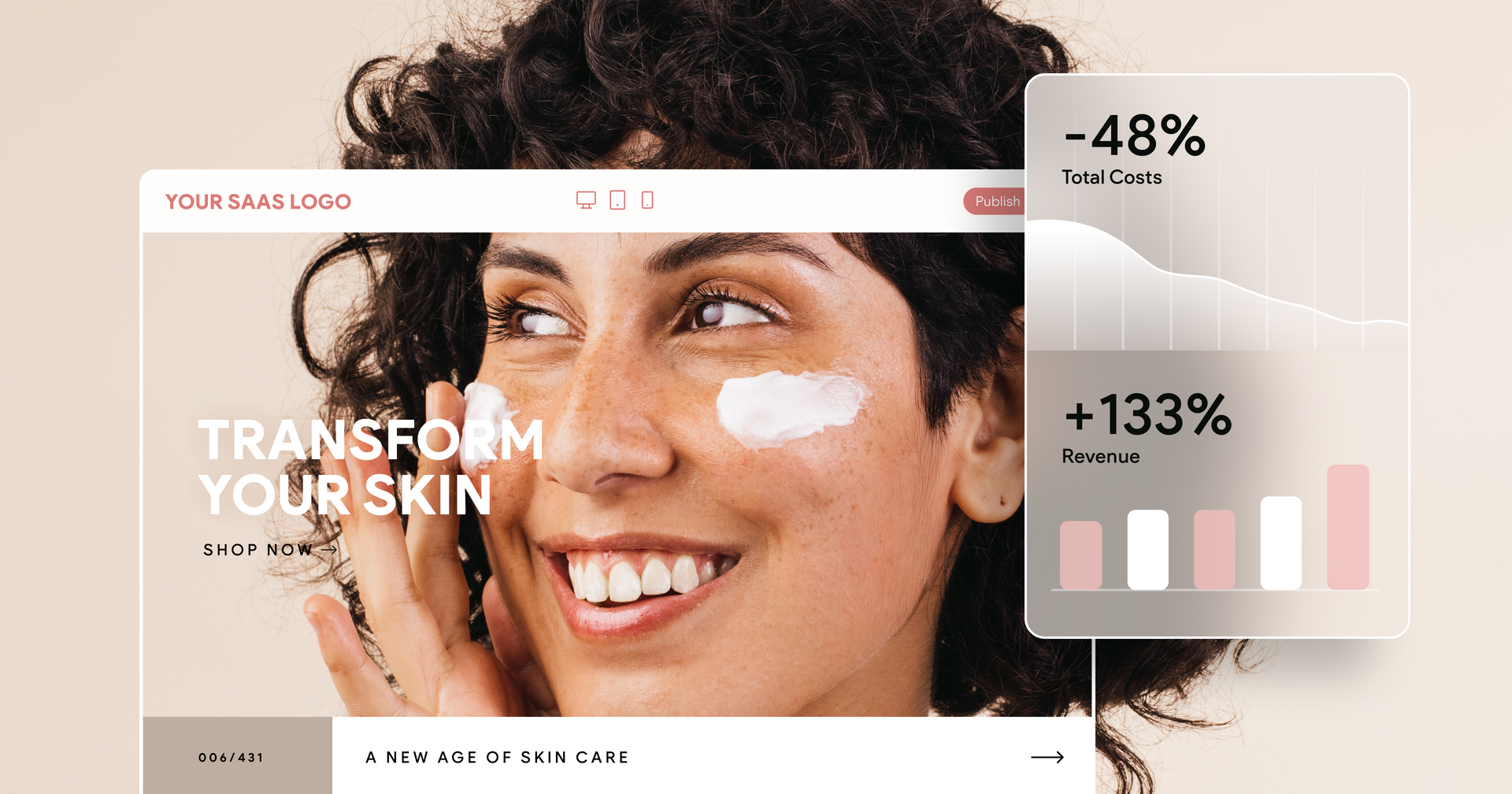Vertical SaaS companies are on a roll. As of the publication of Fractal’s 2023 “State of Vertical SaaS” report the total combined market valuation of all Vertical SaaS unicorns stands at $98.2B, compared to $97.4B
the year before. These companies can weather uncertainty in the market, while continuing to grow, because they provide meaningful value to their customers. Even more than that, they provide indispensable value to their customers. But what does it even mean to be indispensable?
What does it mean to be “indispensable?”
Vertical SaaS hasn’t always been such a hot market. In the early days, investors were understandably concerned about the limited market available to these companies. Could there really be enough tech-savvy laundry operators for a niche product like
Cents to survive and, perhaps, even thrive?
The answer turned out to be a resounding “Yes!” Businesses, particularly SMBs, love when their solutions are tailored to their exact needs. They especially love when their solutions meet all of their needs. According to
a survey by Vcita, 79% of SMB owners are using two or more tools to manage their business yet, among those owners, 90% would prefer to combine those capabilities into just one tool.
This is a big deal. Money is not as easy to come by as it once was, especially for small businesses, and spending is tight. In a
McKinsey study of 3,500 SMBs, one in four businesses reported that they intend to cut their technology spending by up to 25% in the next 12 to 24 months.
The path forward for SMBs, then, is fairly clear; technology consolidation. Replacing multiple tools—and multiple subscriptions—with one single product can reduce overhead, increase efficiency, and cut costs. All even higher priorities than before.
Start thinking like an SMB
Customers need to like your product before they adopt it. Then, they need to love it before they replace any other products with it. However, to create a product your customers love, you need to first understand how they like to work.
This is a pretty common failure point for many vertical SaaS companies. SMBs have operated for decades, some even centuries, without any verticalized software. They have expertise and, most importantly, preferences that your product needs to respect.
Alex Jekowsky, the CEO and co-founder of Cents, understands this concept very well. He argues that “Many vertical SaaS companies think they need to revolutionize an industry, [because] there is such a lack of technology. In reality, small businesses have always been able to run their businesses without technology. It’s not that we are saving them [or] enabling them to do something that they have never been able to do.”
Instead of forcing their customers to work in a certain way, vertical SaaS companies should work to mimic, and then streamline, the workflow they’re already used to.
Yosha Ulrich-Strumat, Director of Product Management at
ZenBusiness, agrees. He thinks that it’s “important [to] just test and see what actually people want, [and] not what you think in an ivory tower they [might] want.”
Own more of their tech stack
By offering multiple, complimentary products, vertical SaaS companies can chip away at an SMB’s tech stack while further solidifying their position as truly indispensable software.
Consider a veterinarian who has purchased a piece of CMS software to manage patients. The CMS is a fairly load-bearing piece of software for an SMB, so switching would be somewhat difficult—but not impossible. However, add-on features like payment processing, scheduling, and even
their website and suddenly the level of effort required to switch software providers just went from difficult to herculean.
Cents followed this strategy themselves. They identified opportunities to improve their customers' workflow in areas like timecard management, payroll, customer analytic insights, payments—the list goes on. Alex sums it up nicely by saying, “I said in the very beginning you don't you don't have to be insanely creative. You just have to be a good listener.”
Invest your time where it matters
Offering complimentary products that accelerate your customer’s entire workflow is undoubtedly the key to
becoming their most useful piece of software. However, just because a product creates value for your customers doesn’t necessarily mean you need to develop it yourself.
Take payments, for example. The ability to process payments is an incredibly common and universally useful add-on feature for vertical SaaS companies. Almost every industry benefits from the ability to manage payments directly within their primary database software.
Unfortunately, payment processing isn’t very easy! It requires a unique set of development skills, legal knowledge, and financial know-how to implement that few vertical SaaS companies have within their team ready to go. That’s why so many companies chose to white label integrated payment processing, a fact that has helped companies like Stripe grow to become SaaS behemoths.
Websites are similar. These are highly specialized pieces of technology that are constantly evolving due to design trends, standard updates, and ever increasing regulations. Creating a website builder that your clients actually want to use is much easier said than done.
If you’re interested in learning more about the value of integrated software, take a look at a few other blogs we’ve written on the topic.
The recipe to success for vertical SaaS is simple. Get to know your customers, then meet their needs. Doing so may mean developing new features, or even removing complex ones that detract from the customer experience. You may want to partner with other technology providers, or just acquire them entirely. The exact path is different for every company, but the universal truth is the same: You need to meet your customers where they are, not where you want them to be.











